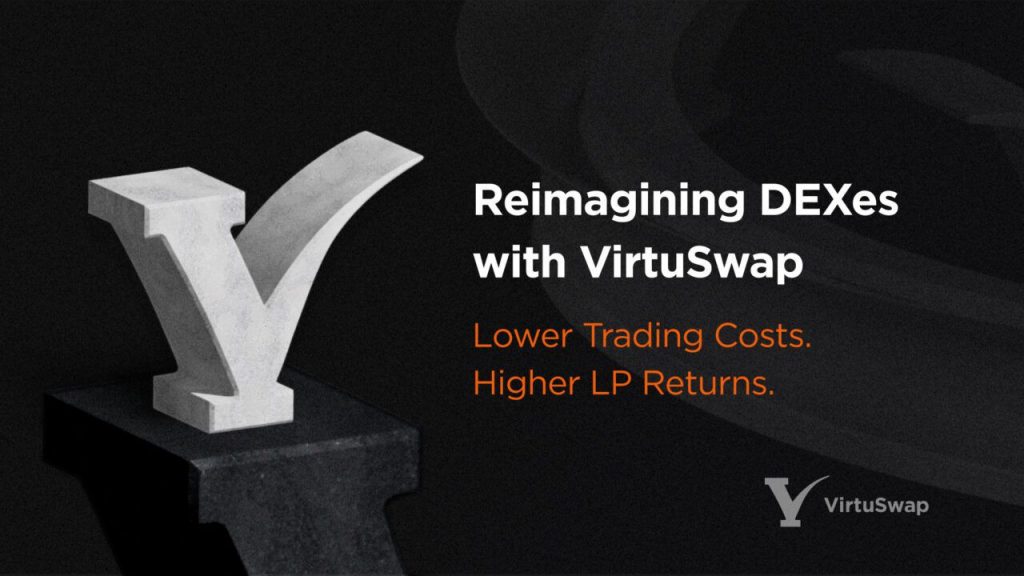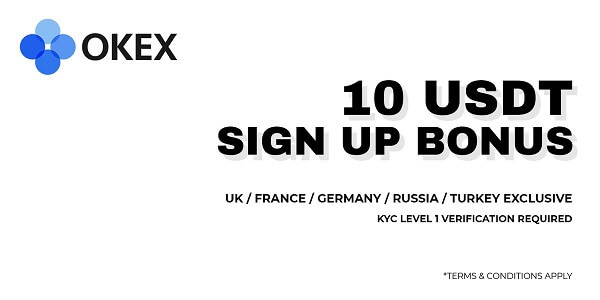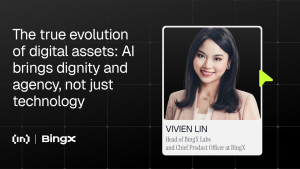VirtuSwap Is Helping to Reimagine DEXes With Its Platform

High trading costs are limiting the success of decentralized exchanges and are preventing DEXes from dominating the crypto exchange landscape.
A significant portion of the trading costs on DEXes are attributable to indirect (or triangular) trades, which involve more than one leg.
In 2021-2022, such triangle trades accounted for over 40% of total non-bot trading activity, resulting in losses of over $500M per month on major DEXs on Ethereum alone.
What is VirtuSwap?
The main mission of VirtuSwap is to reduce these inefficiencies and help DEXes dominate the crypto trading landscape.
Utilizing cutting-edge financial engineering, VirtuSwap eliminates triangular trading by making every transaction direct, even in the absence of a relevant pool, and achieves up to a 50% reduction in trading costs.
VirtuSwap financial technology is based on trading via “virtual pools”. In essence, virtual pools are a representation of pool architecture in which pools are able to accept “reserve” of various assets even if these assets are not the “native” assets of a given pool.
The result is a complete elimination of triangular trading and a significant reduction in average trading costs. In addition, trading through virtual pools lowers arbitrageurs’ profits and LPs’ impermanent losses.
This raises returns to liquidity provision, increases equilibrium pool sizes, and lowers trading costs further – resulting in a “virtuous circle”.
The principal reason for the ability of VirtuSwap to reduce trading costs and simultaneously increase liquidity providers’ returns is its ability to lower profits of arbitrageurs (MEV bots), who capture a large chunk of the price-impact costs paid by traders.
When trading via reserves, the price imbalance is the result of a reduction of one side of the pool, whereas in other DEXes the price imbalance is higher due to simultaneous increase in the other side of the pool.
Smaller price imbalance on VirtuSwap leads to lower profits captured by MEV bots – and more money stays in the pools, raising liquidity providers’ returns.
VirtuSwap team comprises top academic researchers in finance, top executive in the blockchain space, an outstanding blockchain developer and experienced UI/UX designer, experienced data scientists, top performers in the fields of operations and marketing, and talented UI/UX designer.
VirtuSwap was founded by two finance professors – Evgeny Lyandres, Professor of Finance at Tel Aviv University and head of TAU Blockchain Research Institute; and Roni Michaely, Professor of Finance at the University of Hong Kong and Head of HKU-TLV Innovation Hub in Tel Aviv.
Business and Data lead is represented by Alex Zaidelson, co- founder and former CEO of Agora Labs, former CEO of Beam, and an advisor to several startups.
VirtuSwap achieves a result that was seemingly impossible before – it reduces costs for traders and increases the LP returns at the same time, by breaking the link between liquidity traders’ costs and arbitrageurs’ profits.
Tokenomics
VirtuSwap tokenomics is based on VirtuSwap token VRSV and a governance token gVRSV. The total number of VRSV tokens to ever be minted is 1 billion (1,000,000,000).
The expected distribution of tokens is as follows:● 27% — founding team and pre-launch employees;● 7% — pre-seed investors;● 2% — advisors;● 7% — seed investors;● 4% — post-launch employees and advisors;● 2% — initial distribution to the protocol;● 1% — airdrops and incentivization initiatives;● 50% — gradual release to community.
All founding team’s, employees’, investors’, and advisors’ tokens are subject to a 12-month initial lock and vesting over 36 months.
The community tokens will be released over a 15-year period on a month-by-month decreasing schedule, and will be used to incentivize LPs.
Holders of VRSW tokens are incentivized to stake and lock their tokens and receive gVRSW tokens, used for voting on various issues, mostly on protocol parameters and assets that can enter reserves of liquidity pools.
In addition, staking and locking VRSW tokens boosts returns to liquidity provision, based on a cutting-edge mechanism in which rewards are a function of multiple possible staking/locking actions involving both VRSW tokens and liquidity pool tokens.
For more details on VirtuSwap tokenomics, see the article here, and for complete, technical explanation of the VirtuSwap algorithm and simulations, read the VirtuSwap Tokenomics Whitepaper.
Roadmap and goals
There are five main goals that VirtuSwap has identified prior to protocol launch:
Finishing the development and auditing of all protocol components;Completing large-scale simulations of real-life trading scenarios on VirtuSwap andquantifying VirtuSwap advantages relative to existing DEXes;Developing state-of-the-art tokenomics;Community growth and expansion in preparation for the launch;Launching VRSW token.
Most of these goals have already been achieved; others will be finalized over the next few weeks and prior to the launch of the protocol before the end of 2022.
This roadmap is just a beginning. VirtuSwap team is already working hard on multiple enhancements that will form the basis of v2 and v3 of VirtuSwap.
VirtuSwap’s grand objective is to eventually become an important hub of financial innovation in DeFi.
Conclusion
VirtuSwap is on a mission to make DEXes dominate the crypto trading landscape, and it is accomplishing this mission through state-of-the-art research, financial engineering, and data science to become a significant player in DeFi for years to come.
Learn more about VirtuSwap:Website | Telegram | Twitter | Medium
Disclaimer
All the information contained on our website is published in good faith and for general information purposes only. Any action the reader takes upon the information found on our website is strictly at their own risk.













